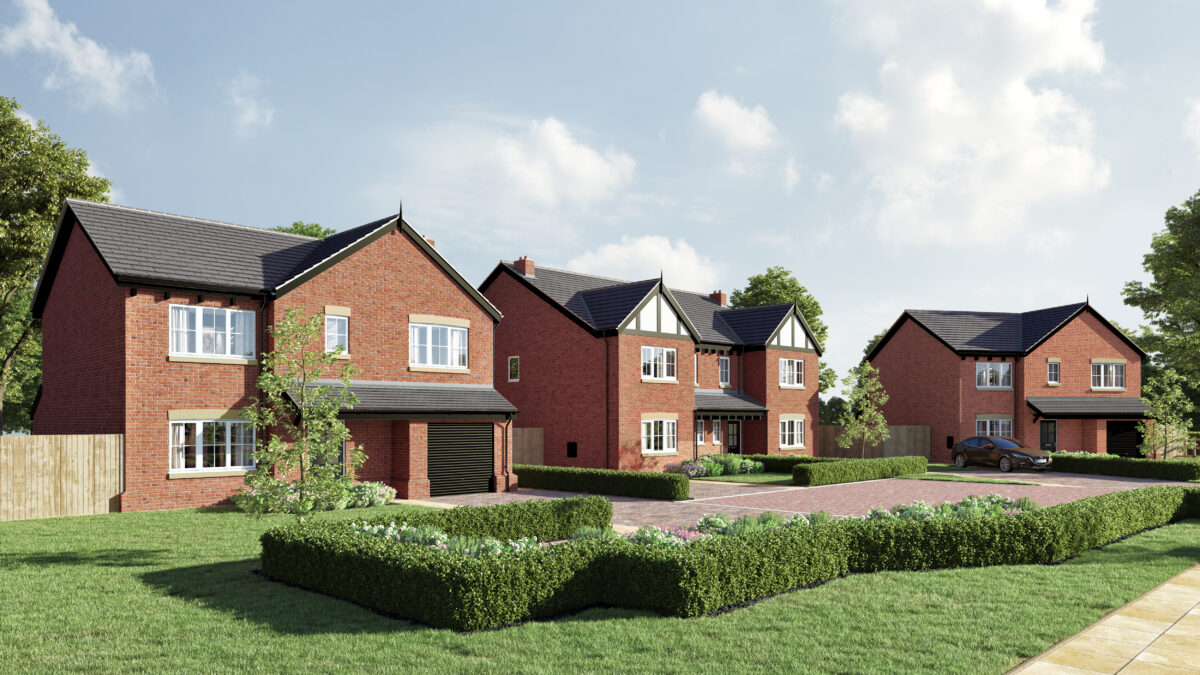The Rise of 3D Visuals
In the dynamic realms of property and product design, the ability to convey ideas with precision and allure is paramount. As technology continues to evolve, so too do the tools at the disposal of designers and architects. One such tool that has revolutionised the visualization landscape is 3D visualisation. In this blog post, we’ll delve into the profound impact of 3D visuals in both property and product design.
Gone are the days when designers relied solely on 2D sketches or basic computer-aided designs to communicate their visions. Enter 3D visuals, a transformative technology that brings designs to life with unparalleled realism. This powerful technique has found its way into various industries, with property and product design being two primary beneficiaries.
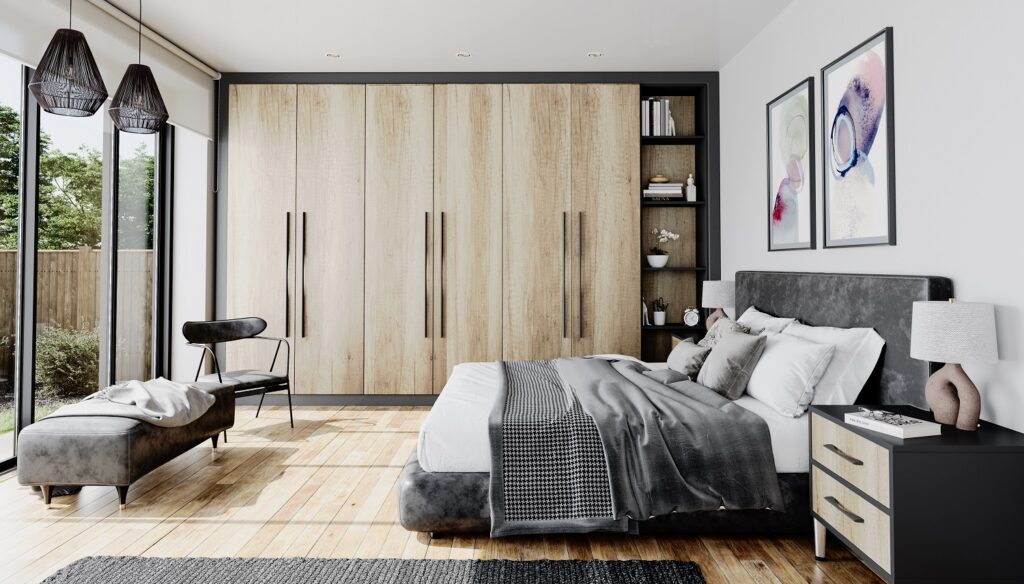
In Property Design
1. Virtual Walkthroughs and Tours
Imagine being able to explore a property before it even exists. 3D visuals allow architects and real estate developers to create virtual walkthroughs and tours, offering potential buyers or tenants an immersive experience. This not only aids in marketing but also provides a realistic preview of spaces, helping clients make informed decisions.
2. Realistic 3D Visuals
Gone are the days of flat, lifeless architectural drawings. With 3D visuals, architects can share lifelike visualisations of buildings and landscapes with their clients. Lighting, textures, and even the play of shadows can be accurately represented, giving clients a true sense of the final product. This level of detail is invaluable in conveying the architect’s vision and securing approvals from stakeholders.
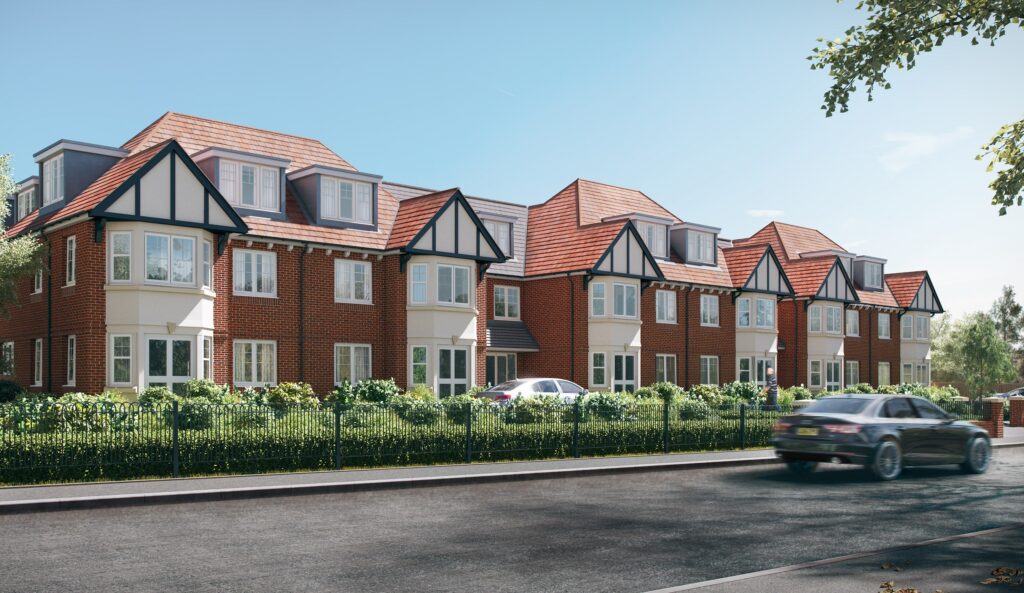
3. Iterative Design Process
The iterative nature of design is inherent, and 3D visuals facilitate a smoother, more efficient design process. Changes can be made in real-time, allowing for quick adjustments and improvements. This not only saves time but also ensures that the final design aligns seamlessly with the client’s expectations.
In Product Design
1. Prototyping in a Virtual Space
Product designers face the challenge of creating tangible items from abstract ideas. 3D visualising allows them to virtually prototype products, enabling a thorough examination of design elements and functionalities. This not only expedites the prototyping phase but also reduces the need for physical prototypes, saving both time and resources.
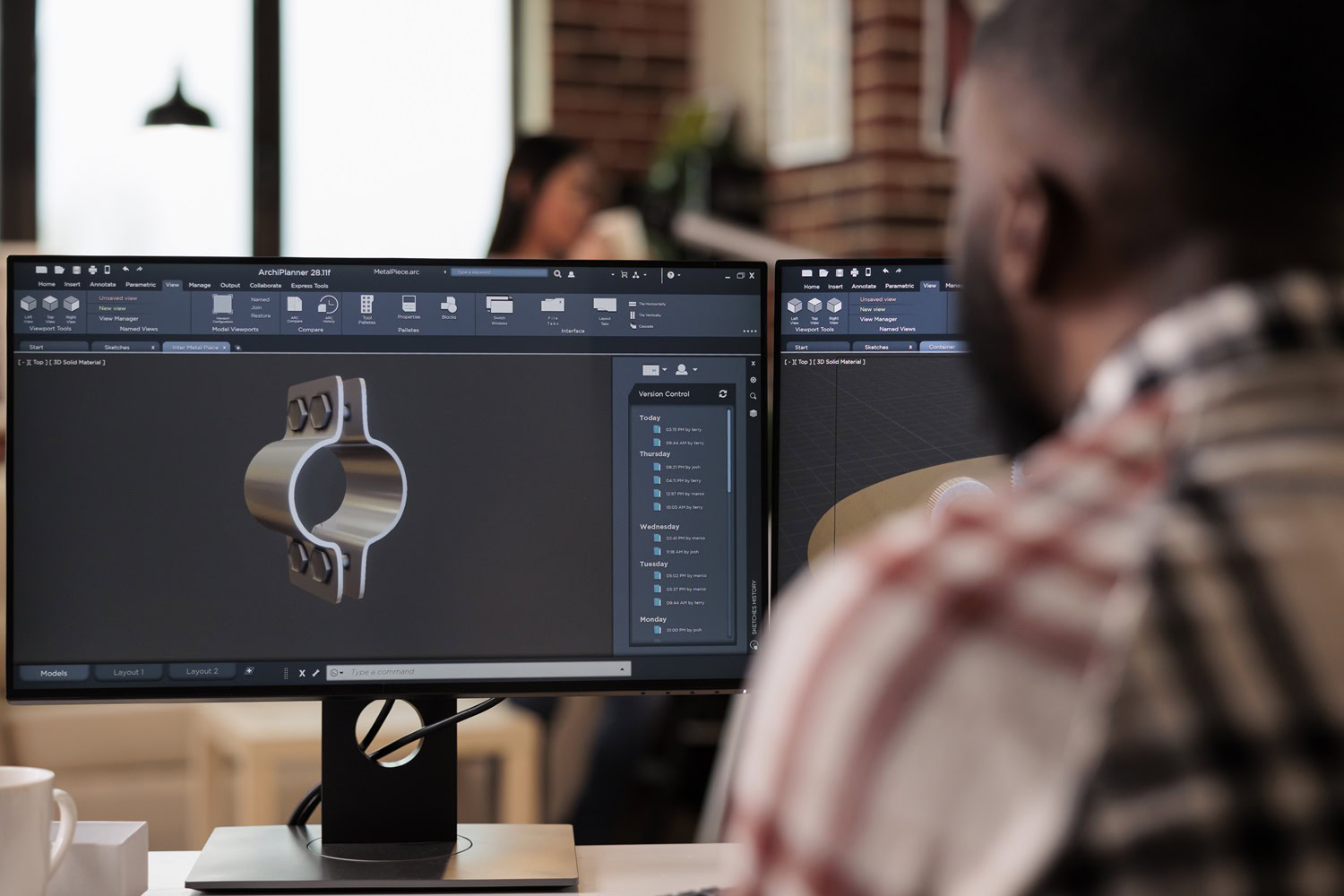
2. Photorealistic Product Presentations
When marketing a product, presentation is everything. 3D visuals enable the creation of photorealistic images and animations, showcasing products in their best light—literally. This attention to detail can significantly enhance marketing materials, enticing consumers and giving them a clear understanding of the product’s features and benefits.
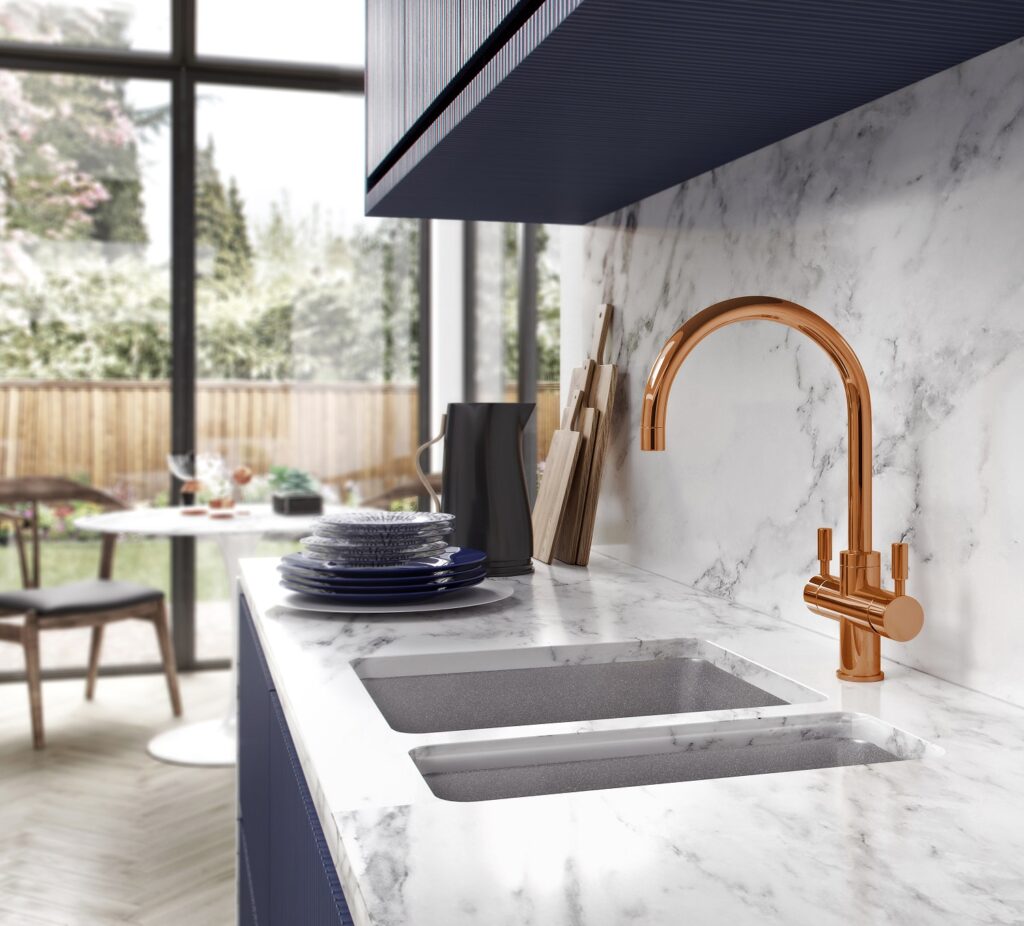
3. Customisation and Personalisation
Consumers today value customisation. 3D visuals facilitate the creation of customisable products by allowing designers to showcase different variations effortlessly. Whether it’s choosing colours, materials, or configurations, customers can see their personalised product in a realistic setting, fostering a deeper connection and increasing the likelihood of purchase.
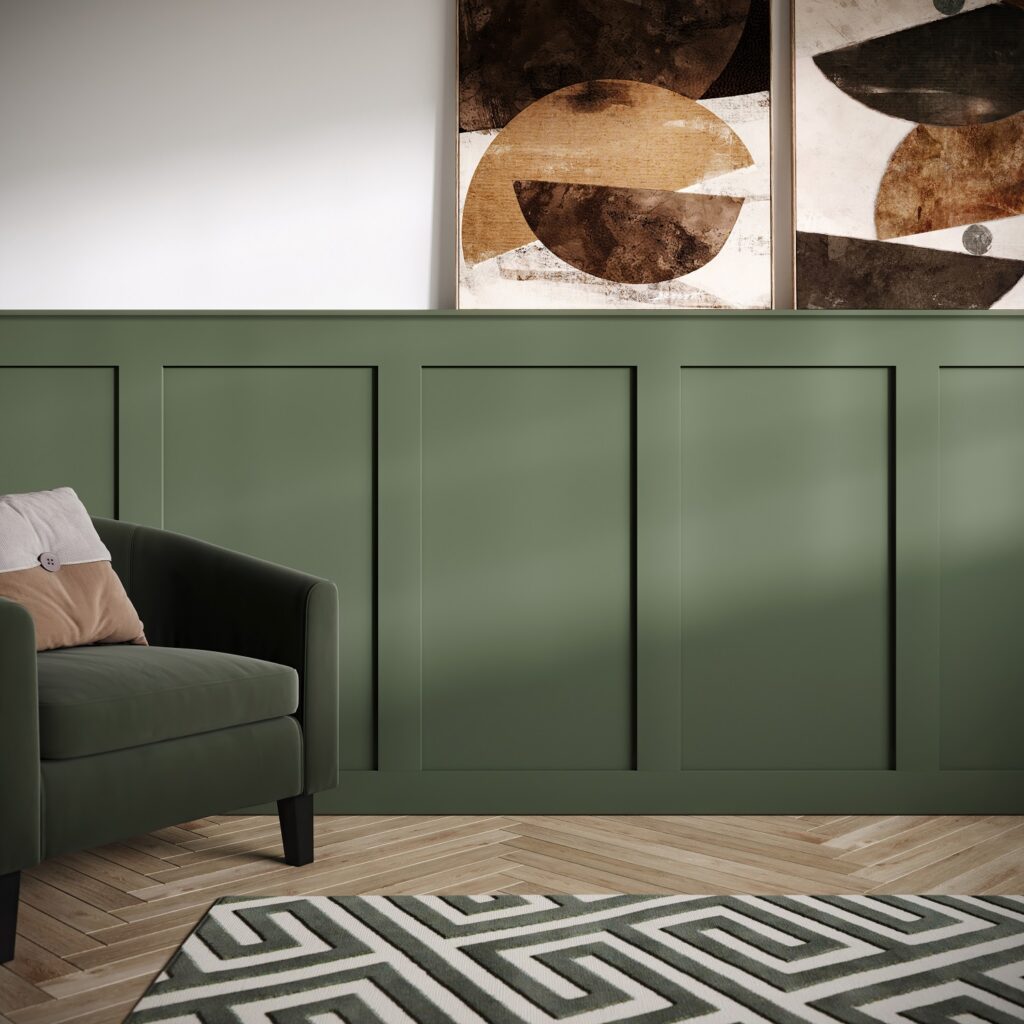
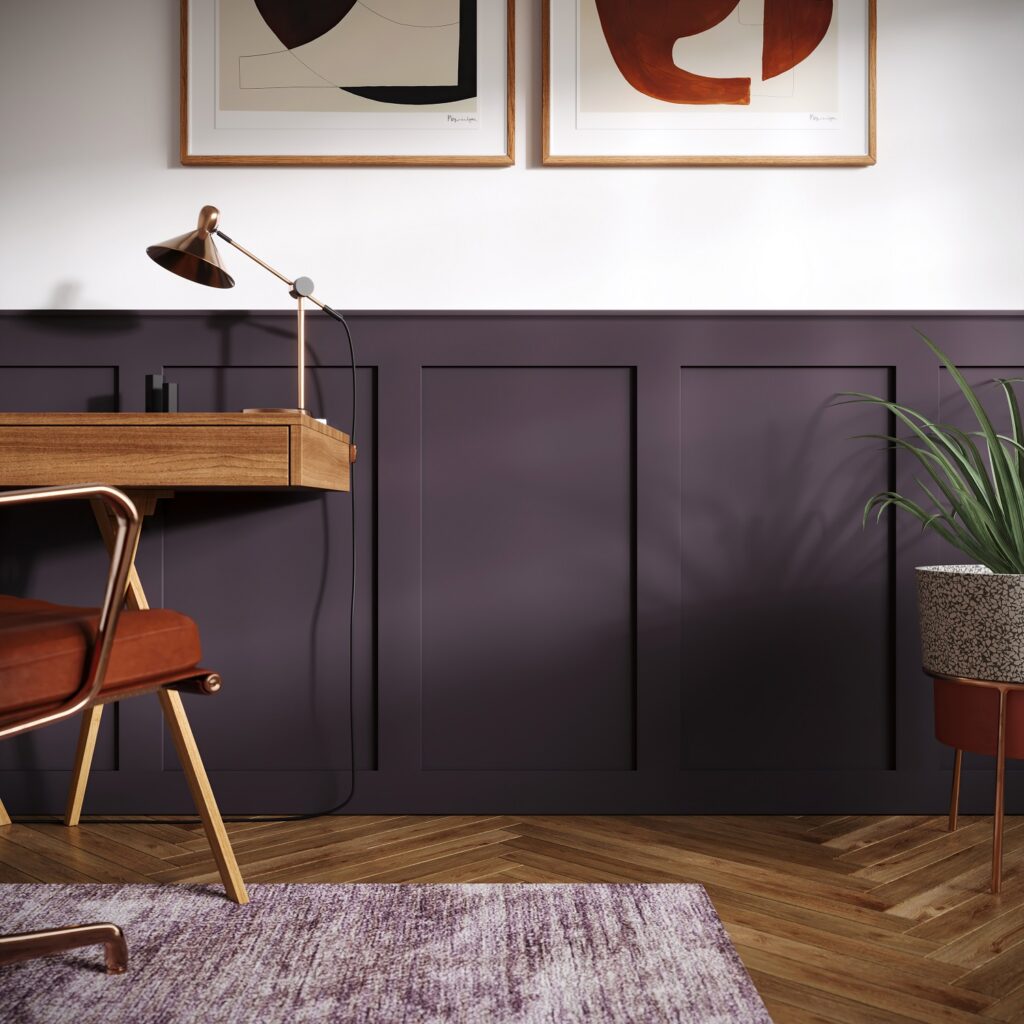
In conclusion, 3D visuals have become an indispensable tool in the arsenals of both property and product designers. Its ability to bridge the gap between imagination and reality, coupled with the efficiency it brings to the design process, makes it a game-changer in these industries. As technology continues to advance, we can only anticipate further innovations in 3D rendering, pushing the boundaries of what is visually possible in design.
